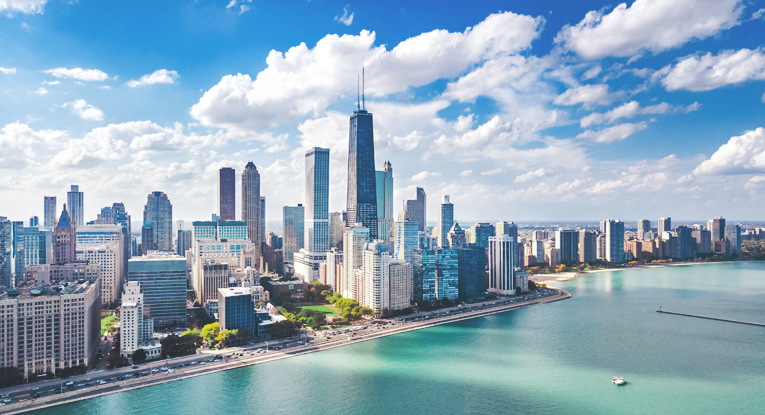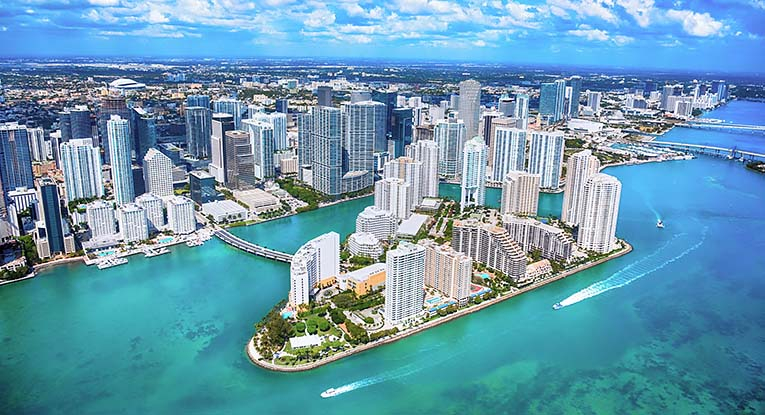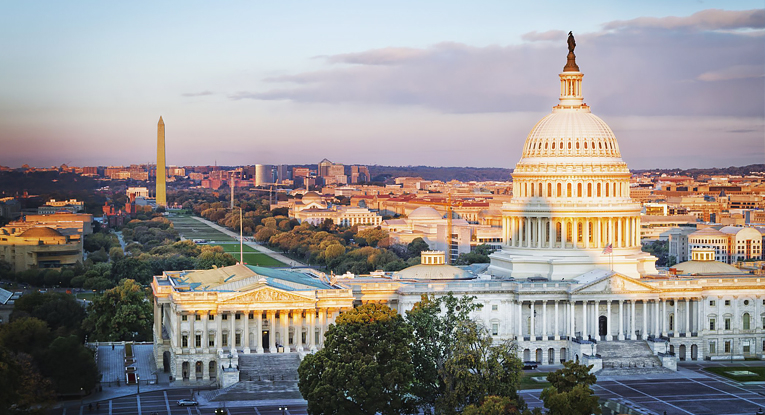Trio of Cases Will Significantly Impact Post Grant Proceedings
Three important decisions were issued in the past week relating to inter partes review (IPR) proceedings before the Patent Trial and Appeal Board (PTAB) at the U.S. Patent and Trademark Office. The U.S. Supreme Court issued two decisions on April 24. In Oil States Energy Services, LLC v. Greene’s Energy Group, LLC, the Court upheld the constitutionality of the IPR process. In SAS Institute, Inc. v. Iancu, the Court held that the PTAB is required to decide the patentability of all claims challenged in an IPR petition. And on April 20, in a matter of first impression, the Federal Circuit addressed the “privity” requirement of the one-year statutory bar under 35 U.S.C. § 315(b) in Wi-Fi One, LLC v. Broadcom Corp.
Oil States Energy Services, LLC v. Greene’s Energy Group, LLC – IPR Proceedings are Constitutional
In Oil States, the Supreme Courtheld that the IPR process enacted by Congress in 2011 did not violate Article III of the Constitution. Parties will continue to have the option to challenge the patentability of issued patents through post grant proceedings at the PTAB, including Post Grant Review, IPR and Covered Business Method Review.
The Court rejected the Article III challenge based on its conclusion that the public rights doctrine applies to IPR proceedings. In determining whether a proceeding involves exercising Article III judicial power, the Court distinguishes between public rights and private rights. Congress is generally allowed to assign adjudication of public rights to entities other than Article III courts. The Court concluded that patents are a “public franchise” akin to a franchise that Congress may grant to a company to erect a toll bridge. The government can revoke or amend public franchises through legislation or an administrative proceeding. An IPR proceeding, according to the Court, is simply an administrative action by the government to reconsider the grant of a public franchise and “falls squarely within the public rights doctrine.” Based on this finding, the Court rejected the Seventh Amendment challenge. Under the Court’s precedent, when Congress properly assigns adjudication of a matter to a non-Article III court, the Seventh Amendment does not pose an independent bar.
Now that the Supreme Court has cleared the air, the number of IPR petitions filed will likely increase, as parties continue to take advantage of this administrative proceeding as a valuable alternative for addressing patent validity.
SAS Institute, Inc. v. Iancu – Final Decision in IPR Must Address All Challenged Claims
In a decision that will significantly impact IPR practice, the Supreme Court held in SAS that when the Patent Office institutes inter partes review, it must decide the patentability of all of the claims the petitioner has challenged. Previously, the Patent Office and the Federal Circuit had interpreted the governing statute to permit so-called “partial institution” decisions, meaning that the Patent Office could determine that only a subset of the challenged claims merited review. These partial institution decisions resulted in unaddressed claims that would often have to be litigated irrespective of the final decision in the IPR.
SAS should make the institution decision much more straightforward. The only question remaining is whether the petitioner has shown a reasonable likelihood of prevailing as to any one challenged claim. It remains to be seen whether this change will generally be more beneficial to patent owners or petitioners. On one hand, SAS may increase the cost and time associated with an IPR by incentivizing petitioners to challenge as many claims as possible. On the other hand, requiring the PTAB to address all invalidity challenges may streamline the ultimate resolution of disputes, because petitioners are precluded from re-raising in litigation any challenges that are unsuccessful before the PTAB.
Wi-Fi One, LLC v. Broadcom Corp. – The Federal Circuit Endorses the PTAB’s Narrow View of Privity
When establishing the IPR process, Congress included a one-year statutory bar (35 U.S.C. § 315(b)) that prohibited parties sued for patent infringement from filing an IPR petition “more than one year after the date on which the petitioner, real party in interest, or privy of the petitioner” is served with the complaint. In January, the en banc Federal Circuit held that time-bar determinations by the PTAB under § 315(b) are appealable. In its recent decision on remand, the Federal Circuit endorsed the PTAB’s narrow view of “privity” that determines who is subject to this one-year statutory bar.
In the underlying proceeding, the PTAB determined that Broadcom was not in privity with certain customers for purposes of the time-bar. In 2010, Wi-Fi One sued the customers for patent infringement, over chipset products manufactured and supplied by Broadcom. Because Broadcom’s chipset products were accused of infringement and because Broadcom had indemnification agreements with these customers, Broadcom had a clear interest in the outcome of the 2010 lawsuit. In 2013, shortly after judgment was entered, Broadcom petitioned for inter partes review of the asserted patent. The PTAB rejected Wi-Fi One’s § 315(b) argument and denied its motion for additional discovery on the privity issue. Although the PTAB cited the “flexible” analysis in the PTAB’s Trial Practice Guide (77 Fed. Reg. 48,756, 48,759, Aug. 14, 2012), the PTAB applied a more rigid test, requiring a showing that Broadcom exercised control over the district court litigation or that the indemnified defendants exercised control over the IPR proceeding initiated by Broadcom.
The Federal Circuit affirmed the PTAB’s decision, finding that there was insufficient evidence of control by Broadcom to establish privity under § 315(b). The fact that Broadcom’s interests were aligned with its customers and the existence of indemnity agreements between Broadcom and the defendants alone was not enough. Wi-Fi One needed evidence that “Broadcom had the right to control that litigation or otherwise participated in that litigation to the extent that it should be bound by the results.”
The majority decision did not foreclose privity arguments based on circumstances other than control over the litigation. Therefore, the full scope of privity under § 315(b) remains uncertain and a fertile ground for future disputes.



































